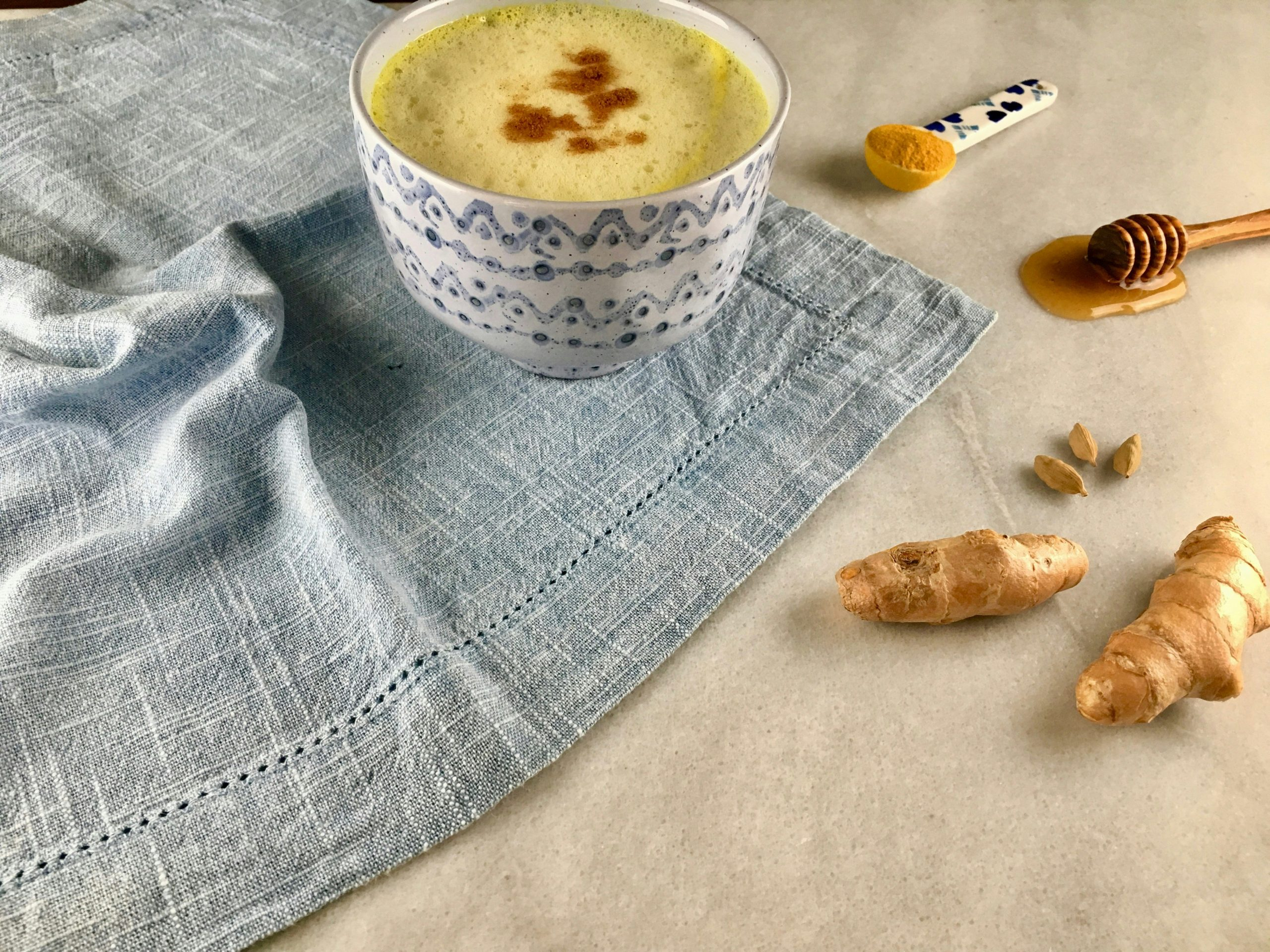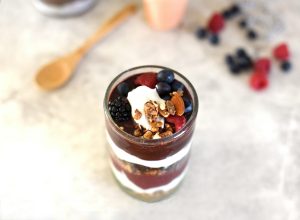Anti-Inflammatory Spice Blends: Turmeric, Ginger, and Beyond
The use of spices for medicinal purposes dates back to ancient civilizations, and today, their healing benefits continue to be recognized. When it comes to anti-inflammatory properties, spices like turmeric and ginger stand out as powerhouse ingredients. But did you know that there are other spice blends that can be just as effective? In this article, we’ll take a closer look at anti-inflammatory spice blends, specifically turmeric, ginger, and beyond, and how they can benefit our health and well-being.
Turmeric: Nature’s Anti-Inflammatory Superfood
Turmeric has been used in traditional medicine for centuries, mainly due to its powerful anti-inflammatory properties. But what exactly is turmeric, and how does it work? Turmeric is a bright yellow spice derived from the root of the Curcuma longa plant, native to Southeast Asia. It contains a bioactive compound called curcumin, which gives turmeric its vibrant color and is responsible for most of its medicinal properties.
One of the most significant benefits of turmeric is its ability to fight inflammation in the body. Inflammation is a natural response of the immune system, but chronic inflammation can lead to a plethora of health issues, such as heart disease, cancer, and autoimmune diseases. Curcumin is found to inhibit the production of inflammatory markers, making it a potent anti-inflammatory agent.
Ginger: A Versatile Spice for Inflammation and More
Ginger is another potent anti-inflammatory spice that has been used in traditional medicine for centuries. It comes from the root of the Zingiber officinale plant and is widely used as a culinary ingredient. But ginger’s medicinal properties go far beyond its flavor and aroma. Its active compound, gingerol, has potent anti-inflammatory and antioxidant effects.
Ginger has been found to be especially helpful in reducing pain and stiffness in osteoarthritis patients. A study published in the Journal of Pain found that taking ginger extract capsules twice daily for more than one week significantly reduced muscle pain and improved mobility in patients with osteoarthritis.
The Power of Anti-Inflammatory Spice Blends
While turmeric and ginger are powerful on their own, combining them in a spice blend can be even more beneficial. By blending different spices, we can create a powerhouse of anti-inflammatory ingredients that work together to promote optimal health. Here are some popular anti-inflammatory spice blends that go beyond turmeric and ginger.
Ginger and Cinnamon Blend
Cinnamon is another potent spice with anti-inflammatory properties and a delicious flavor that pairs well with ginger. A blend of these two spices can help reduce inflammation and improve digestion. Cinnamon has also been found to help regulate blood sugar levels, making this blend an excellent addition for those with diabetes.
Turmeric and Black Pepper Blend
When combined with turmeric, black pepper can improve the absorption of curcumin in the body. Curcumin is known to have low bioavailability, meaning that our bodies struggle to absorb it. However, the active compound in black pepper, called piperine, has been found to increase the absorption of curcumin by up to 2000%. This blend is perfect for those looking to harness the full anti-inflammatory benefits of turmeric.
Turmeric, Ginger, and Cayenne Pepper Blend
Cayenne pepper is known for its spicy kick and its natural pain-relieving properties. When combined with turmeric and ginger, this spice blend becomes a potent anti-inflammatory remedy. Cayenne pepper contains an active ingredient called capsaicin, which has been found to reduce inflammation and relieve pain. This blend is perfect for those looking for natural relief from muscle and joint pain.
Incorporating Anti-Inflammatory Spice Blends into Your Diet
Now that we know the benefits of anti-inflammatory spice blends, how can we incorporate them into our diet? The most common and convenient way is to use them in cooking. Turmeric and ginger blend well with many dishes, such as curry, soups, and stir-fries. You can also sprinkle cinnamon and cayenne pepper on your morning oatmeal or add them to your smoothies for an added anti-inflammatory boost.
Another way to enjoy the benefits of these spice blends is by taking supplements. There are various turmeric and ginger supplements available in the market, and some even come in a blend form. However, it’s important to note that supplements may not be as effective as consuming these spices in their natural form and may contain additional ingredients that can be harmful to your health. Consult with your healthcare provider before adding any supplements to your diet.
Conclusion
Incorporating anti-inflammatory spice blends like turmeric, ginger, and beyond into our diets can have long-lasting beneficial effects on our health and well-being. These spice blends work synergistically to promote a healthy inflammatory response in the body, reducing the risk of chronic diseases. So, spice up your meals with these powerful ingredients and enjoy the delicious and healing benefits they offer.










